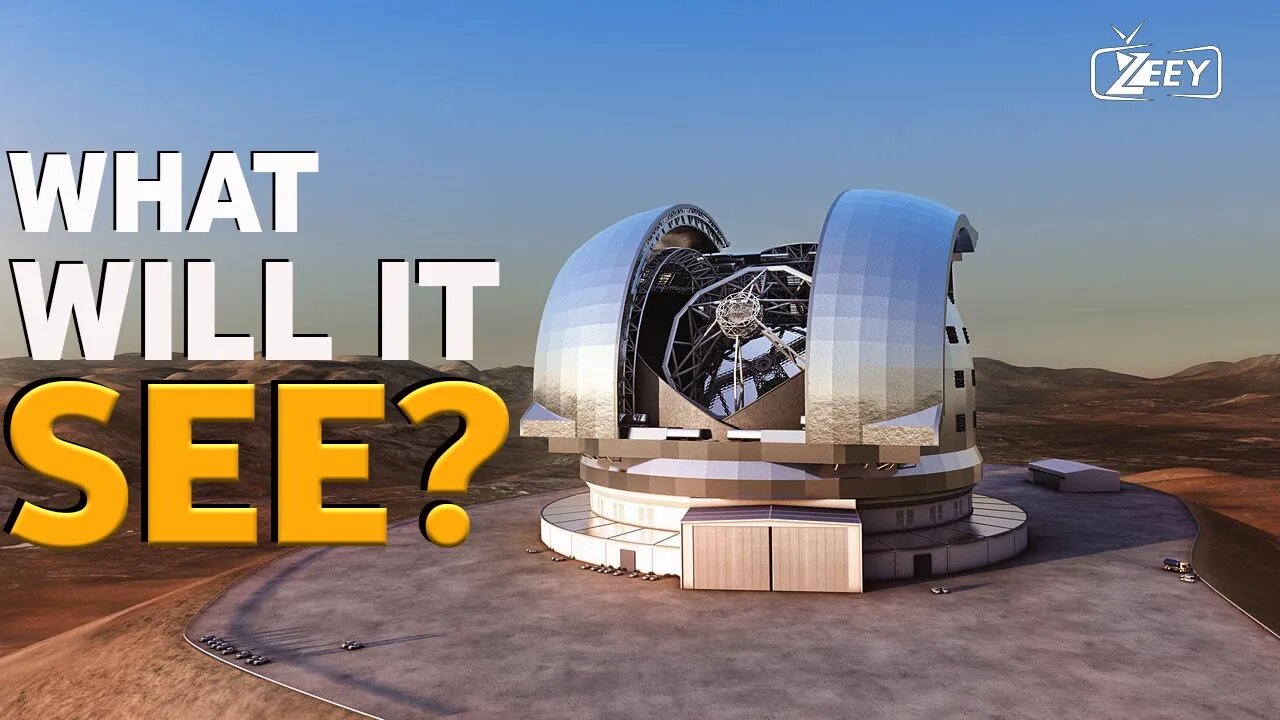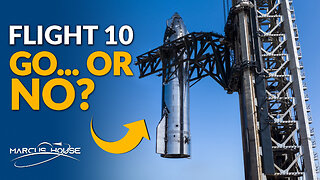Premium Only Content

SHOULD THE JAMES WEBB SPACE TELESCOPE BE CONCERNED? | THE SOON-TO-BE EXTREMELY LARGE TELESCOPE
The James Webb Space Telescope (JWST) is a groundbreaking astronomical observatory and one of NASA's most ambitious space missions. It is named after James E. Webb, the administrator who led NASA from 1961 to 1968. The JWST is designed to be a significant improvement over its predecessor, the Hubble Space Telescope, and is expected to revolutionize our understanding of the universe.
The JWST is a large, infrared-optimized space telescope that will be positioned at the second Lagrange point (L2), which is located approximately 1.5 million kilometers (about 930,000 miles) from Earth. At this position, the telescope will maintain a stable position relative to the Earth and the Sun, allowing it to observe the universe without interference from Earth's atmosphere or the Sun's heat.
The main scientific goals of the James Webb Space Telescope are:
Observing the First Galaxies: The JWST aims to observe the first galaxies that formed in the early universe, shedding light on the processes that led to the formation of stars and galaxies.
Studying Exoplanets: The telescope will be capable of characterizing the atmospheres of exoplanets (planets outside our solar system), potentially revealing the presence of life-supporting conditions.
Investigating Star Formation: The JWST will study the formation of stars within dense interstellar clouds, helping us understand the processes that give birth to stars and planetary systems.
Probing Galaxy Evolution: By studying distant galaxies, the telescope will provide valuable insights into how galaxies have evolved over cosmic time.
The James Webb Space Telescope has faced numerous challenges and delays over the years, mainly due to its technological complexity and cost. However, the telescope's launch, which took place on December 25, 2021, has brought much anticipation and excitement to the scientific community.
While the JWST is an incredibly sophisticated and powerful instrument, like any space mission, it is not without potential concerns. Some of the concerns include:
Deployment and Alignment: The telescope's success depends on the precise unfolding and alignment of its various components in space. Any issues during deployment could impact its performance.
Technical Challenges: The JWST features intricate technologies, such as its sunshield, which must function flawlessly in the harsh environment of space.
Limited Servicing: Unlike the Hubble Space Telescope, the JWST is not designed for servicing missions, making it more difficult to address any unexpected issues or malfunctions once it is in space.
Despite these concerns, the James Webb Space Telescope has been meticulously engineered, and extensive testing has been conducted to minimize potential risks. Its groundbreaking capabilities and potential to revolutionize astronomy make it one of the most anticipated space missions in history. As it embarks on its mission, scientists and astronomers worldwide eagerly await the discoveries that the JWST will make in the coming years.
#JWSTLaunch #JamesWebbSpaceTelescope #AstronomyRevolution #CosmicWonder #NewEyesToTheUniverse #NextGenSpaceObservatory #SpaceScience #AstroExploration #InfraredMarvel #NASA #HubbleSuccessor #JWSTMission #CosmicDiscovery #SpaceRevolution #ExploreTheUnknown #UniverseRevealed #BeyondTheStars #StargazingAdventure #JWSTUnveiled #InterstellarMarvels
-
 8:31
8:31
MattMorseTV
23 hours ago $1.28 earnedTexas just did the IMPOSSIBLE.
55.7K76 -
 LIVE
LIVE
Rotella Games
17 hours agoGreen Hell Day 6 | We Have a LONG Way to Go
159 watching -
 LIVE
LIVE
Lofi Girl
2 years agoSynthwave Radio 🌌 - beats to chill/game to
341 watching -
 41:26
41:26
The Mel K Show
4 hours agoMel K & Clay Clark | Financial Success Hides Behind Self Discipline: Five Pillars | 8-24-25
15.3K2 -
 LIVE
LIVE
The Rabble Wrangler
11 hours agoThe Best in the West Plays Battlefield 2042 | Road to BF6 Grind
42 watching -
 LIVE
LIVE
JTtheSG
1 hour agoBack To The Deadzone!!!
50 watching -
 LIVE
LIVE
The Official Steve Harvey
12 days ago $5.07 earned24 HOURS OF MOTIVATION w/ STEVE HARVEY
371 watching -
 25:56
25:56
DeVory Darkins
21 hours ago $0.66 earnedTrump drops ULTIMATE BOMB on Democrat Mayors as ICE makes SHOCKING Announcement
40.6K169 -
 3:36:30
3:36:30
TonYGaMinG
6 hours ago🟢 ABI WITH FRIENDS | 🍩JOE DONUTS | 😶 🌫 VLADSGAMINGCARTEL |
21.3K4 -
 21:24
21:24
marcushouse
12 hours ago $0.10 earnedStarship Flight 10: Go or No? 🚀
29.8K12